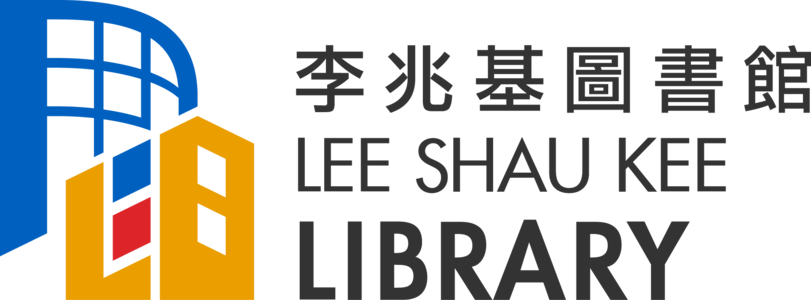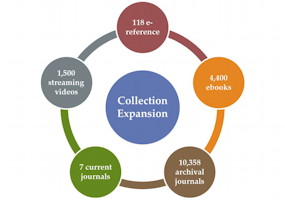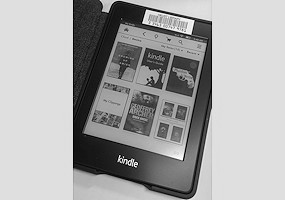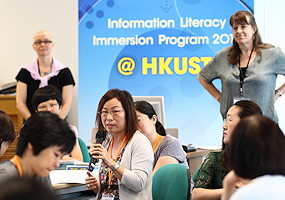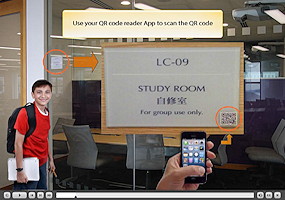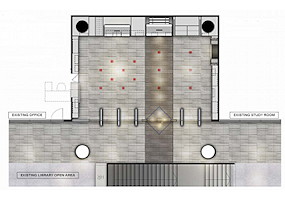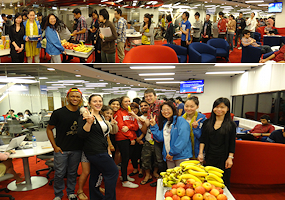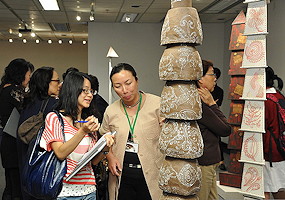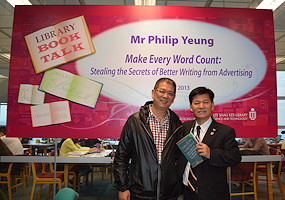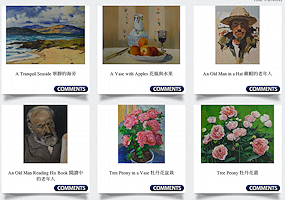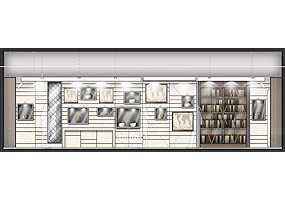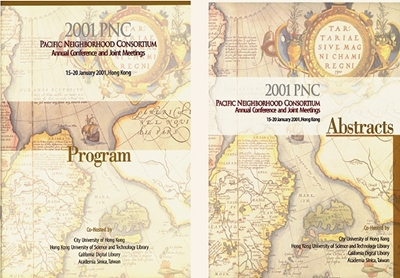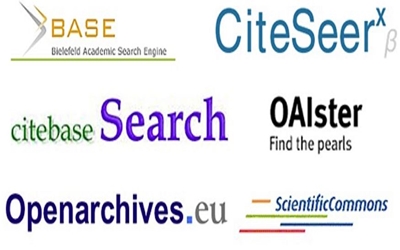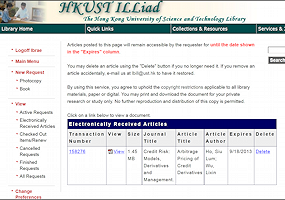
Resource Sharing
Resource Sharing
To enhance resource sharing, the Library joined the new Rapid Book Chapter Service in October 2012. In the first 9 months, the Library lent 222 chapters and borrowed 126. That month, we also expanded electronic document delivery to PG students. This led to a 202% increase in requests for electronic documents from the Library’s print & microforms collection.
close
Read more about Resource Sharing
2012 - 2013

Resource Sharing
To enhance resource sharing, the Library joined the new Rapid Book Chapter Service in October 2012. In the first 9 months, the Library lent 222 chapters and borrowed 126. That month, we also expanded electronic document delivery to PG students. This led to a 202% increase in requests for electronic documents from the Library’s print & microforms collection.
In January 2013, with University support, we launched a new Dissertation Purchase Subsidy Scheme. Under this trial Scheme, the University subsidizes ~80% of a dissertation’s purchase cost. The requesting RPG only paid a $60 flat fee. The trial has been extended through 2014, and the fee will be reduced to $30. This service will also expand to cover all dissertation and thesis requests, not just from UMI, but also those held elsewhere in the world.
2012 - 2013

